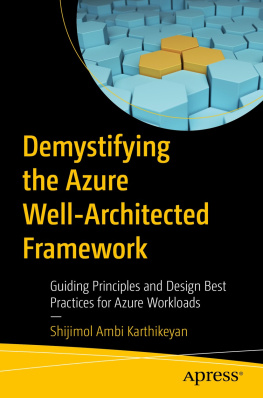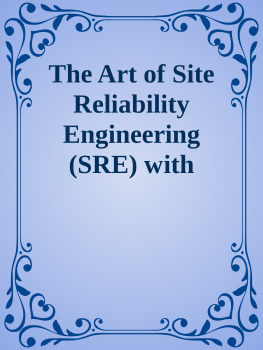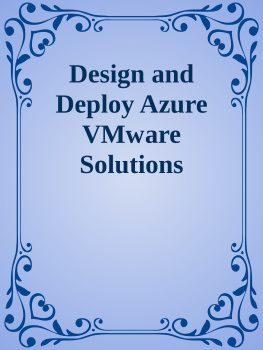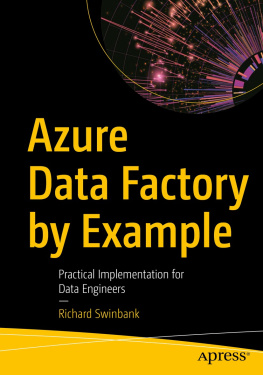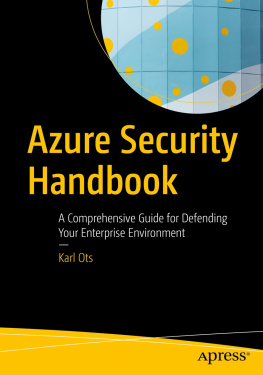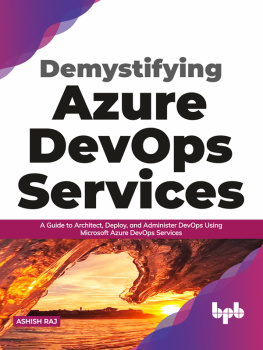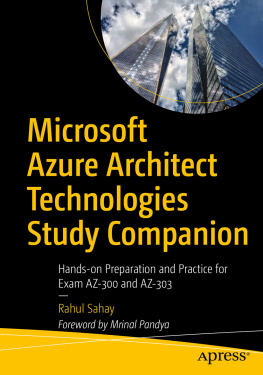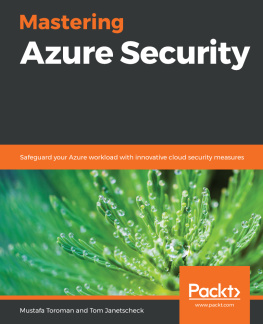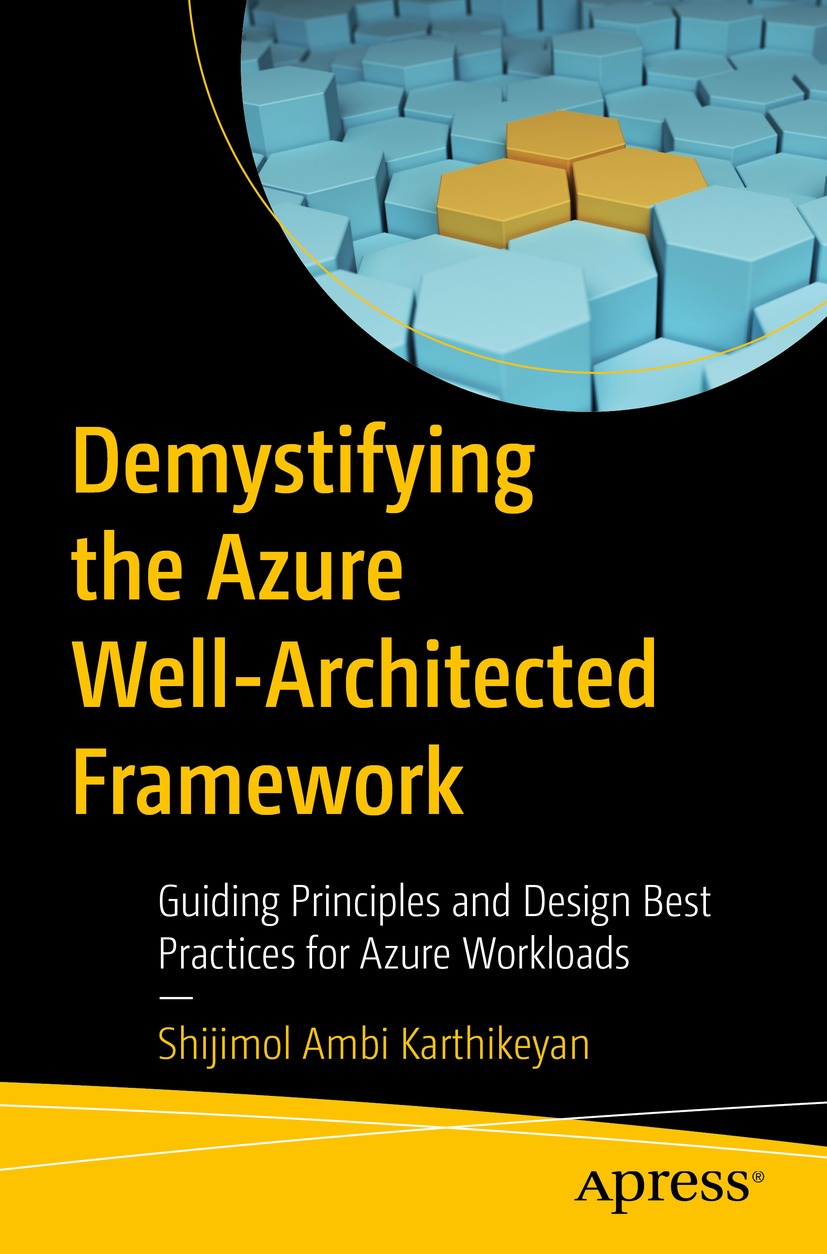Shijimol Ambi Karthikeyan
Bangalore, Karnataka, India
Any source code or other supplementary material referenced by the author in this book is available to readers on GitHub via the books product page, located at www.apress.com/978-1-4842-7118-6. For more detailed information, please visit www.apress.com/source-code.
ISBN 978-1-4842-7118-6 e-ISBN 978-1-4842-7119-3
https://doi.org/10.1007/978-1-4842-7119-3
Shijimol Ambi Karthikeyan 2021
This work is subject to copyright. All rights are solely and exclusively licensed by the Publisher, whether the whole or part of the material is concerned, specifically the rights of translation, reprinting, reuse of illustrations, recitation, broadcasting, reproduction on microfilms or in any other physical way, and transmission or information storage and retrieval, electronic adaptation, computer software, or by similar or dissimilar methodology now known or hereafter developed.
The use of general descriptive names, registered names, trademarks, service marks, etc. in this publication does not imply, even in the absence of a specific statement, that such names are exempt from the relevant protective laws and regulations and therefore free for general use.
The publisher, the authors and the editors are safe to assume that the advice and information in this book are believed to be true and accurate at the date of publication. Neither the publisher nor the authors or the editors give a warranty, expressed or implied, with respect to the material contained herein or for any errors or omissions that may have been made. The publisher remains neutral with regard to jurisdictional claims in published maps and institutional affiliations.
This Apress imprint is published by the registered company APress Media, LLC part of Springer Nature.
The registered company address is: 1 New York Plaza, New York, NY 10004, U.S.A.
Introduction
Cloud-first applications have become the norm rather than the exception in todays cloud-first, mobile-first world. Azure is leading the pack among the cloud platforms in terms of portfolio of services, global coverage, and availability of enterprise adoption frameworks. Azure Well-Architected Framework provides best-practice guidance to customers on how to design, build, operate, and manage the lifecycle of applications in the cloud so as to derive the optimal outcome.
Azure Well-Architected Framework (WAF) is based on five pillars: cost optimization, performance efficiency, operational excellence, reliability, and security. This book will deep dive into these five pillars of WAF and provide practical guidance on adopting them for your Azure workloads. The book starts with an introduction chapter on WAF, its relevance, and an overview of the five encompassing elements. The subsequent chapters will deep dive into each of the WAF pillars in detail. The book also covers some of the common cloud workload use cases and the considerations while adopting WAF for the respective architectures. The concepts are explained in a simple and concise manner that can be comprehended by Azure cloud teams irrespective of their level of expertise.
Acknowledgments
First, I would like to thank my parents for everything I have ever accomplished in my life, including this book. My mother, Ambi R., always inspired me to work toward my goals no matter how unrealistic others perceived them to be. My father, Karthikeyan M., taught me that it is equally important to slow down at times and take in life as it is. They are no longer around, but their love and blessings keep me going.
The last year has been unprecedented and taught us new ways of living our lives during a pandemic. I cannot thank enough my support system, my family and friends, who helped me brave this storm and inspired me to take up the endeavor of writing this book amid multiple challenges. Special shout-out to my daughter, Sanjana Sujai, for inspiring me to be the best version of myself every day. I am thankful to the mentors in my professional life (there are too many to name) for their constant support and encouragement. Last but not least, I would like to thank the entire team at Apress for their support during the publishing process.

